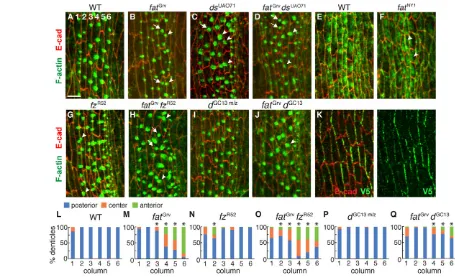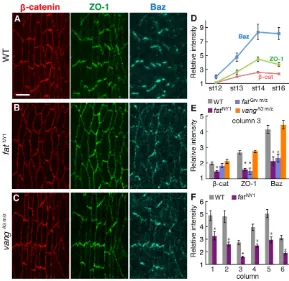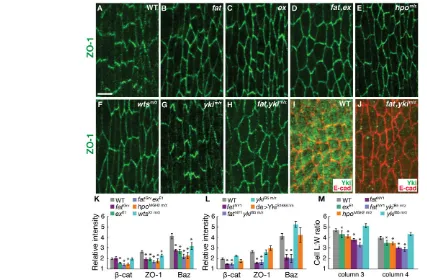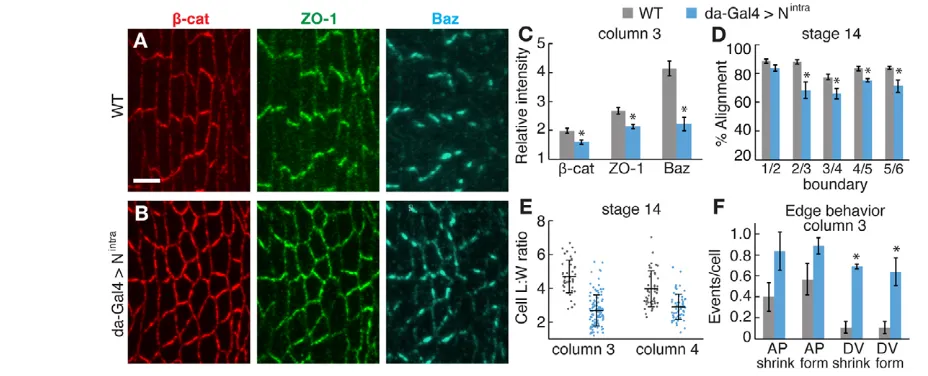Regulation of cytoskeletal organization and junctional remodeling by the atypical cadherin Fat
Full text
Figure




Related documents
Passive tags require no internal power source, thus being pure passive devices (they are only active when a reader is nearby to power them), whereas active tags require
The current paper has three purposes: (1) the explanation of the depositional settings of the Qom Formation in the Kahak section using the microfacies analysis; (2) the
schedule. In most cases, it is best to send BtoB emails Tuesday through Thursday. We ’ ve found that the best times of the day to send are just after the start. of the day around
The HP12C memory organization allows up to 20 different cash flow amounts plus the initial investment to be stored and handled according to the diagram in Figure 2.. If any cash
Gemakkelijk aan te trekken zijn Ruimvallende pasvorm hebben Een verbonden voet of een voet met pleisters moet in de beschermhoes passen De zool moet breder zijn dan de voet Mag de
On the basis of this proposed theoretical models to test hypotheses using Structural Equation Model (SEM) and analysis tool using lisrel. This research was conducted in all
Epidemic curves were plotted by using date of onset of illness (according to the respective epidemiology week) for all referred clusters of cases with clinical diagnosis
The children and teenagers’ distribution according to: bedtime , the total amount of time that the children are still awake during the night before he / she first falls asleep


